lit up by sunset
lit up by modern life
| |
|
| lit up by sunset |
lit up by modern life |
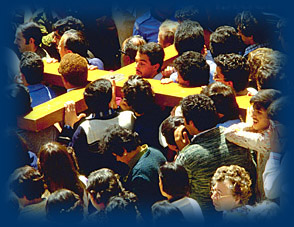 |
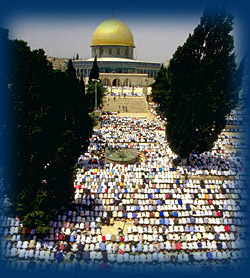 |
|
| Cross on Via Delarosa | the Temple Mount |
Western Wall on Sukkot |
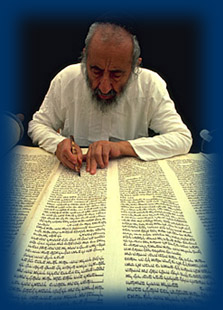 |
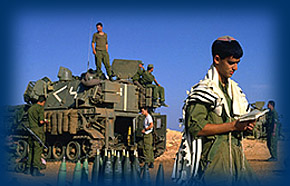 |
|
| passageways in the Old City |
|
between religious and secular life in Israel |
| |
|
|
| just blocks from our apartment | (and also our gym) |
Mark walks these steps every day |
| |
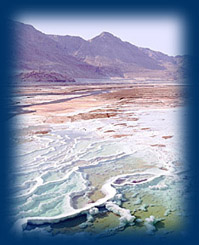 |
|
| Eilat in the south | which attracts curious visitors and those seeking its healing powers |
in the northern Galilee area |
| |
|
| one of our favorite towns and the location of Livnot U'Lehibanot |
Rach did an overnight hike through this valley with Livnot in 1999 |
 |
|
|
| from the Golden Arches |
the shores of the modern city of Tel Aviv |
procession in Bethlehem |
 |
|
| civilaztions past -- remains in the Tziporri National Park |
aqueduct in Caesarea |
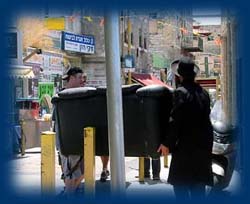 |
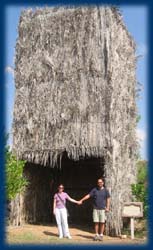 |
 |
| helps an ultra Orthodox man move his couch |
an oversized sukkah |
from our apartment |
| |
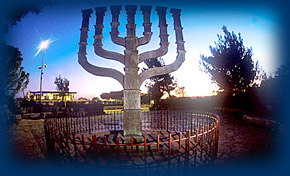 |
| Al Alksa Mosque, the third holiest site for Moslems behind Mecca and Medina |
Israel's Parliament, the Knesset |
| Middle East | Israel |
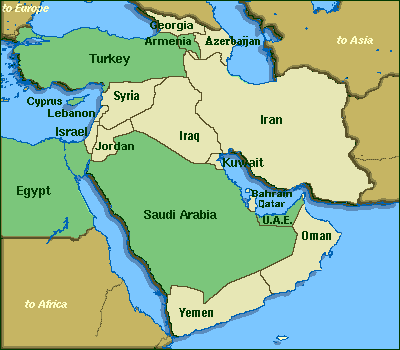
|

|
Israel's National Anthem As long as deep in the heart, The soul of a Jew yearns, And forward to the East To Zion, an eye looks Our hope will not be lost, The hope of two thousand years, To be a free nation in our land, The land of Zion and Jerusalem Hatikva was written by Naftali Herz Imber (1856-1909), who moved to Palestine in 1882 from Galicia. The melody was arranged by Samuel Cohen, an immigrant from Moldavia, from a musical theme in Smetana's Moldau that is based on an Eastern European folk song. |
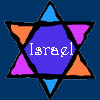
|
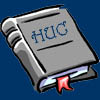
|

|

|
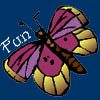
|
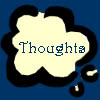
|

|